Track Day 101, On Location with OnGrid
If you’re a performance car owner chances are you’ve daydreamed about taking it to the track. We vividly remember our first track day but it took a little research on how to even go about getting started. Once we got dialed in on where to go and how to go about it, we had the time of our lives. The racetrack is a car guy’s candy store. No joke!

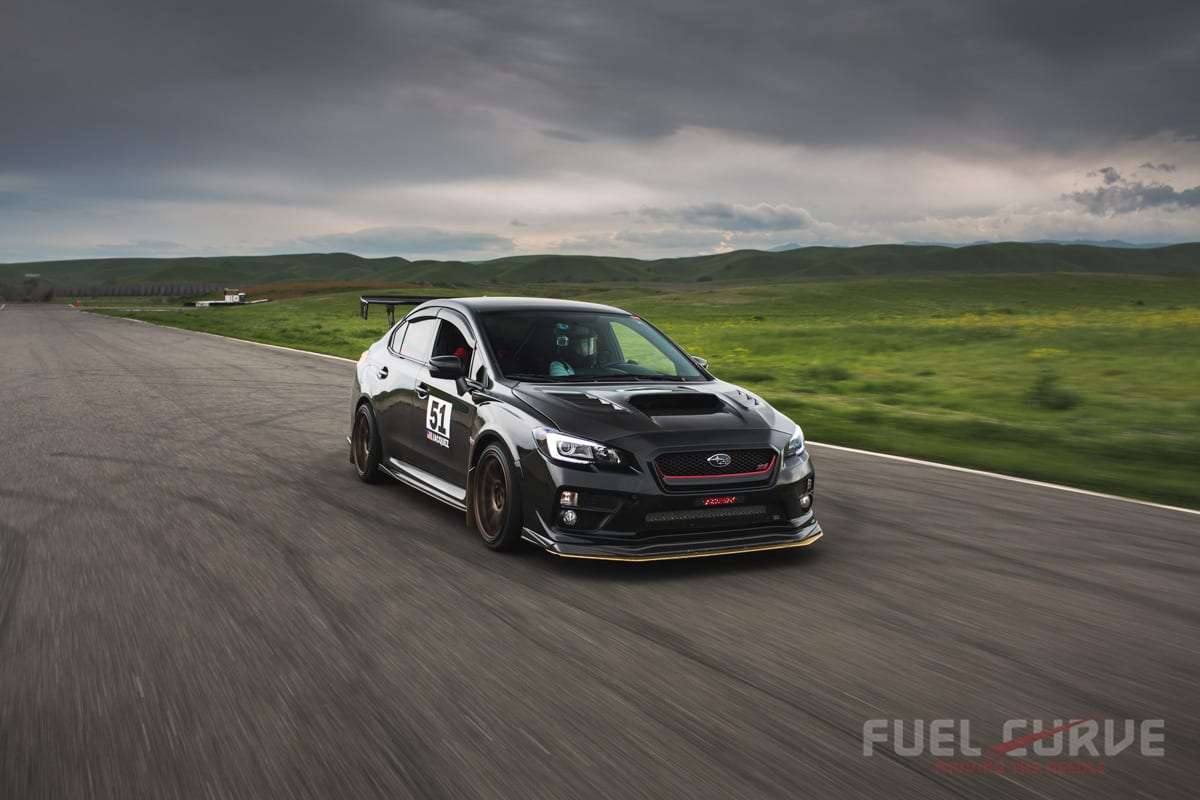 The track provides a challenge yet is incredibly fun once you get a few laps under your belt. It’s safe, it’s controlled, and best of all, it’s legal. The barrier to entry is very low, and instruction is available with most groups.
The track provides a challenge yet is incredibly fun once you get a few laps under your belt. It’s safe, it’s controlled, and best of all, it’s legal. The barrier to entry is very low, and instruction is available with most groups.
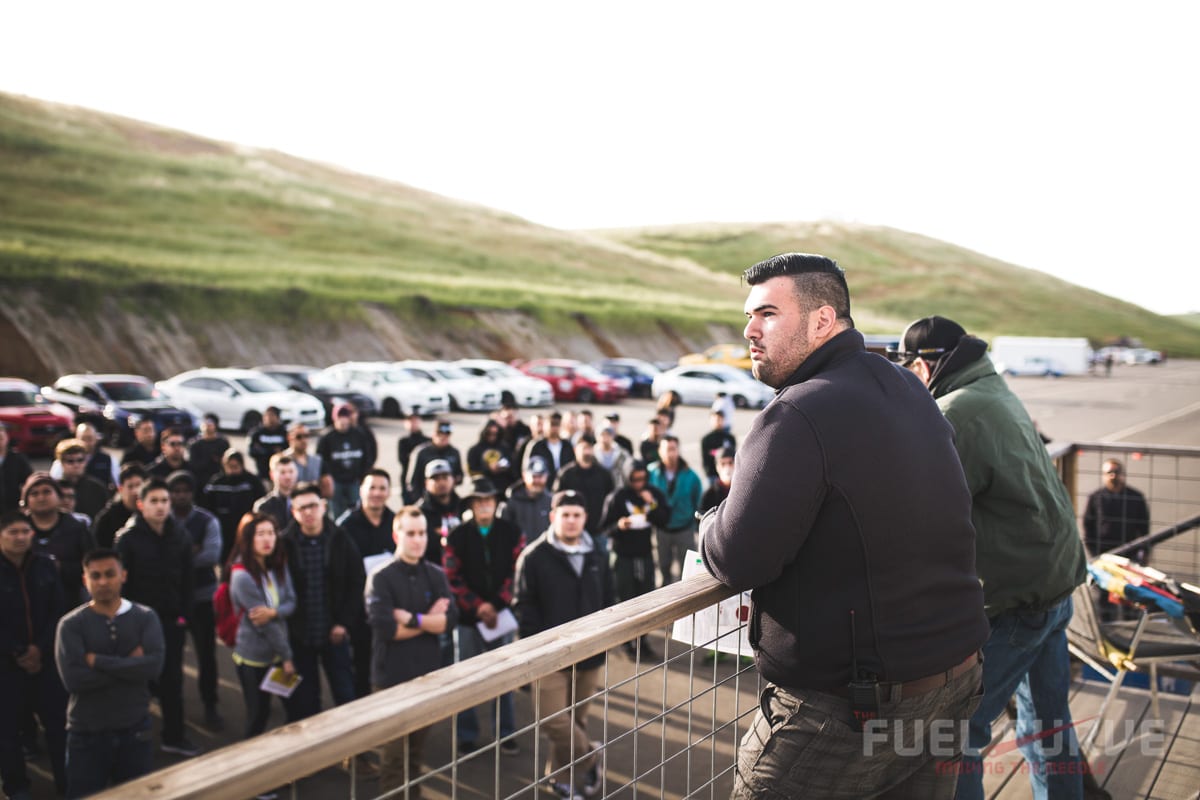 If you’re looking to get your feet wet but you’re worried about your level of experience or damaging your car if you miscalculate and go into a wall, don’t worry. There are instructors who ride with you and guide you through your opening phases. Several associations do track days routinely.
If you’re looking to get your feet wet but you’re worried about your level of experience or damaging your car if you miscalculate and go into a wall, don’t worry. There are instructors who ride with you and guide you through your opening phases. Several associations do track days routinely.

The groups we have raced with are beginner-friendly, they offer instruction as well as advanced run groups and do photo sessions for rolling shots on the track at lunch. Best of all, they’re a great community-based group that puts having fun before making money.
 Groups like OnGrid and others run the majority of their events at Thunderhill East and West in Northern California, both of which are very beginner-friendly with lots of safe run-off areas. In Southern California, Buttonwillow Raceway is similar in this sense. OnGrid also runs at Laguna Seca and are adding Sears Point Raceway in Sonoma to the calendar, both of which are very exciting tracks to drive which have a lot of history as well. NASA also offers Sears Point track days as well as other tracks throughout the country.
Groups like OnGrid and others run the majority of their events at Thunderhill East and West in Northern California, both of which are very beginner-friendly with lots of safe run-off areas. In Southern California, Buttonwillow Raceway is similar in this sense. OnGrid also runs at Laguna Seca and are adding Sears Point Raceway in Sonoma to the calendar, both of which are very exciting tracks to drive which have a lot of history as well. NASA also offers Sears Point track days as well as other tracks throughout the country.
 Of course everyone’s car is different be it an import or a domestic muscle car. Maybe you already have a race-prepped street car, or your thinking about getting the safety equipment in your car up to speed.
Of course everyone’s car is different be it an import or a domestic muscle car. Maybe you already have a race-prepped street car, or your thinking about getting the safety equipment in your car up to speed.
 Autocross is one thing, but keep in mind, the track is not for the faint of heart. Even at an amateur track day, which is certainly the best place to start, we’ve seen people pass out from the heat; we’ve seen fires, off-track incidents, and drivers stuff their beloved builds into the wall.
Autocross is one thing, but keep in mind, the track is not for the faint of heart. Even at an amateur track day, which is certainly the best place to start, we’ve seen people pass out from the heat; we’ve seen fires, off-track incidents, and drivers stuff their beloved builds into the wall.
 No matter your level of experience, when things go wrong, the track is the place where they can go very wrong indeed (which is why open tracks like Thunderhill are nice to start at).
No matter your level of experience, when things go wrong, the track is the place where they can go very wrong indeed (which is why open tracks like Thunderhill are nice to start at).
 As such, the first item on the list of modifications should be safety equipment. While modern cars have very good roll-over protection, this is not the case in most classics made before, say 1972 with thin roofs and A-pillars.
As such, the first item on the list of modifications should be safety equipment. While modern cars have very good roll-over protection, this is not the case in most classics made before, say 1972 with thin roofs and A-pillars.
 Thus, roll protection is always a good idea, if not an outright requirement. Furthermore, any type of cage in a car is going to help stiffen up the chassis for better lap times.
Thus, roll protection is always a good idea, if not an outright requirement. Furthermore, any type of cage in a car is going to help stiffen up the chassis for better lap times.
 Brakes are also another item that are often over-looked when someone brings their daily driver to the track. Imagine you’re heading a buck twenty down the main straight into turn one when you realized you cooked them into the corners on your last lap.
Brakes are also another item that are often over-looked when someone brings their daily driver to the track. Imagine you’re heading a buck twenty down the main straight into turn one when you realized you cooked them into the corners on your last lap.
 Upgrade to track pads, check your brakes before each event (and every time you come off track), and you won’t have to experience this firsthand.
Upgrade to track pads, check your brakes before each event (and every time you come off track), and you won’t have to experience this firsthand.
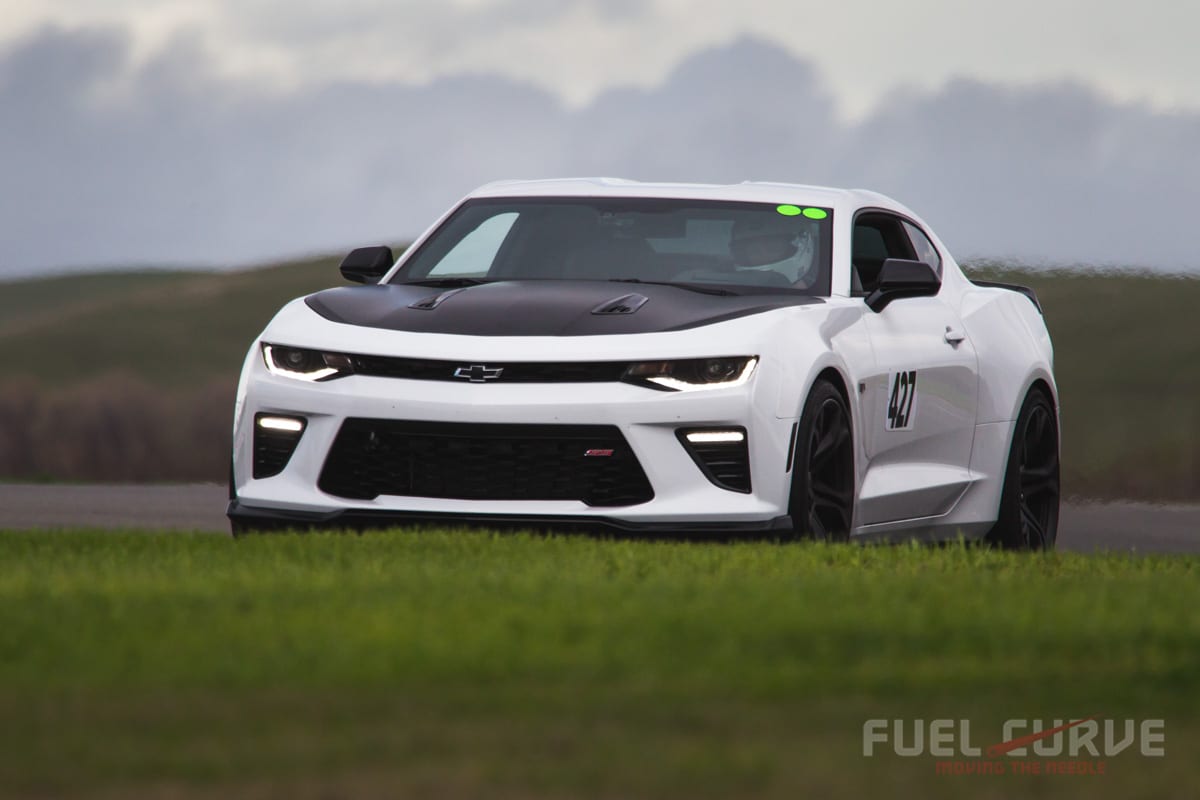 Harnesses, seats, and so on would be next on the list. Be sure you do your own research here as harnesses that are not installed or applied properly can result in serious injury or even death. This goes for the street as well — safety should be your first concern when you want to go for a cruise with your buddies.
Harnesses, seats, and so on would be next on the list. Be sure you do your own research here as harnesses that are not installed or applied properly can result in serious injury or even death. This goes for the street as well — safety should be your first concern when you want to go for a cruise with your buddies.
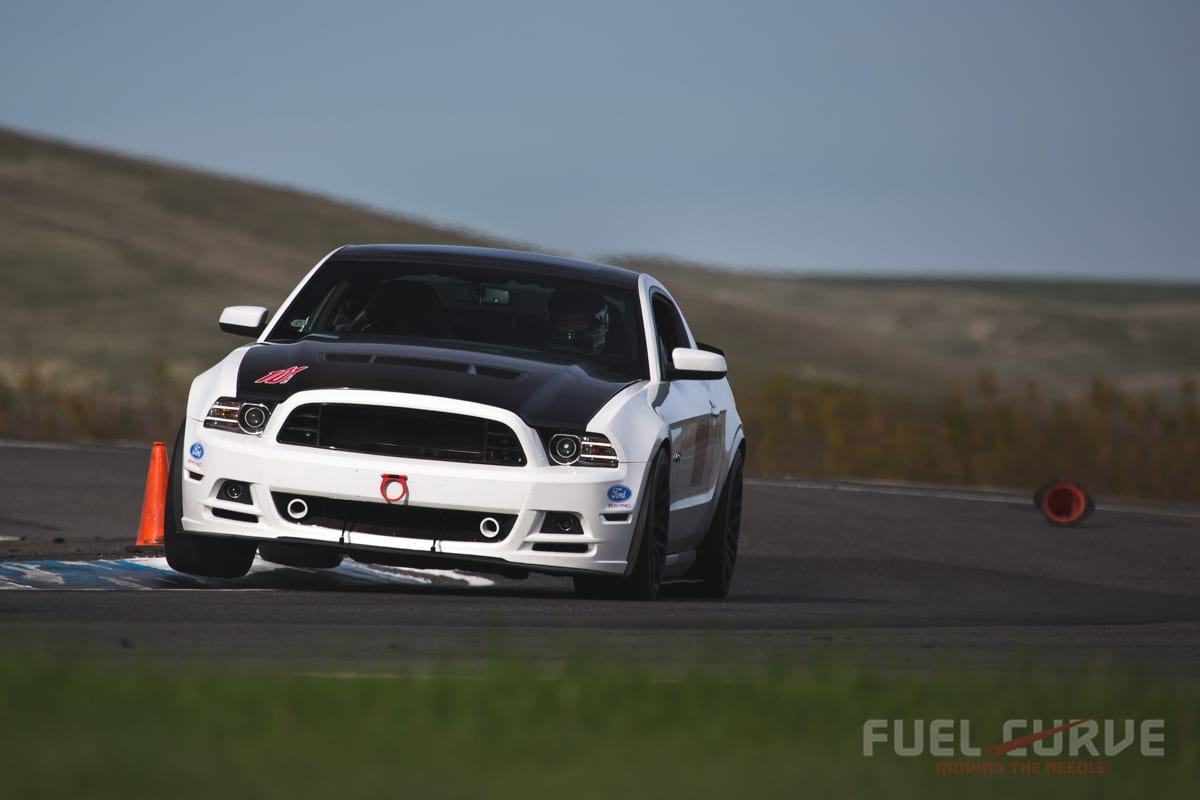 On that note, a quality helmet is also a necessity. If you are running harnesses, look into a HANS device or similar; it could mean the difference between hopping out after a small fender-bender or being seriously injured.
On that note, a quality helmet is also a necessity. If you are running harnesses, look into a HANS device or similar; it could mean the difference between hopping out after a small fender-bender or being seriously injured.
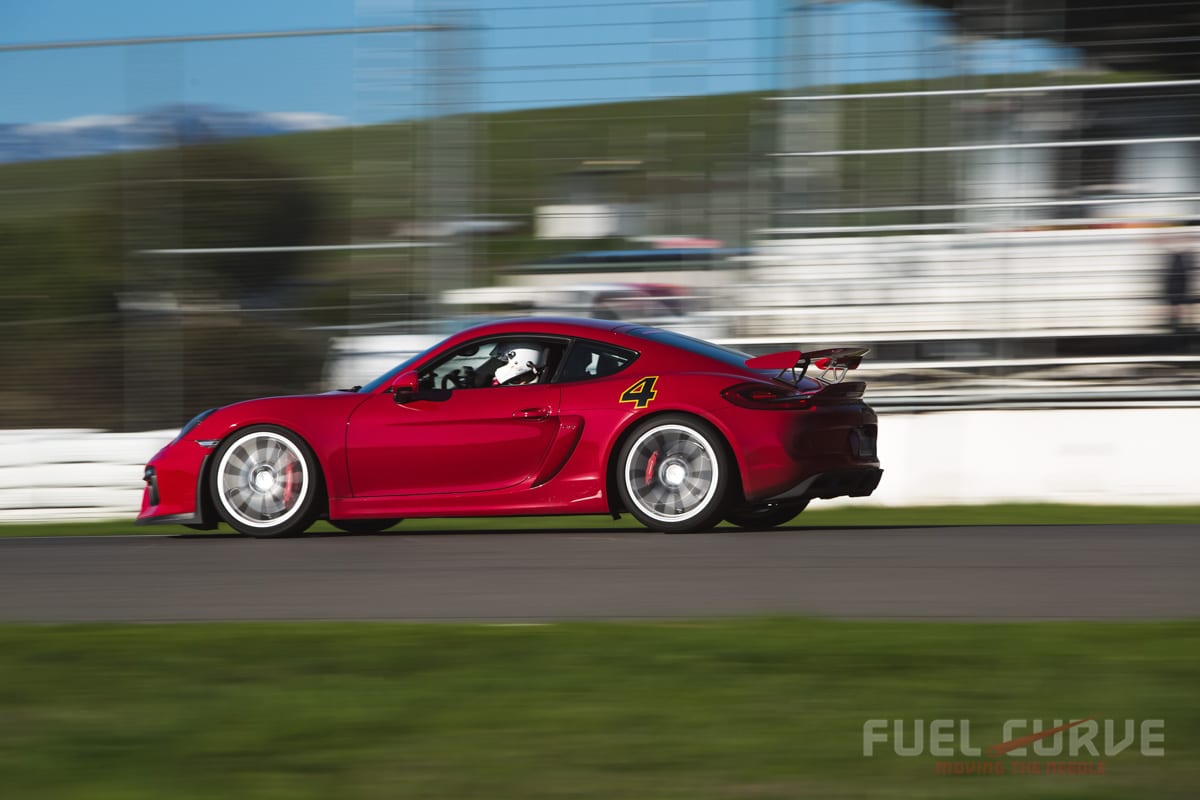 Accidents at the track rarely happen, and when they do, they can be easily minimized with the proper safety equipment. Do not track your car if it is not properly prepared, and be prepared to get your car home in case of a broken part or engine issue.
Accidents at the track rarely happen, and when they do, they can be easily minimized with the proper safety equipment. Do not track your car if it is not properly prepared, and be prepared to get your car home in case of a broken part or engine issue.
 Running on the track can become an expensive hobby but the fun factor helps mitigate cost. If safety equipment seems steep, you can always start with a cheap chassis in the first place. Of course, the NA and NB Miata chassis is a great place to start; they offer plenty of aftermarket support, new and used parts are cheap, and there’s a huge community.
Running on the track can become an expensive hobby but the fun factor helps mitigate cost. If safety equipment seems steep, you can always start with a cheap chassis in the first place. Of course, the NA and NB Miata chassis is a great place to start; they offer plenty of aftermarket support, new and used parts are cheap, and there’s a huge community.
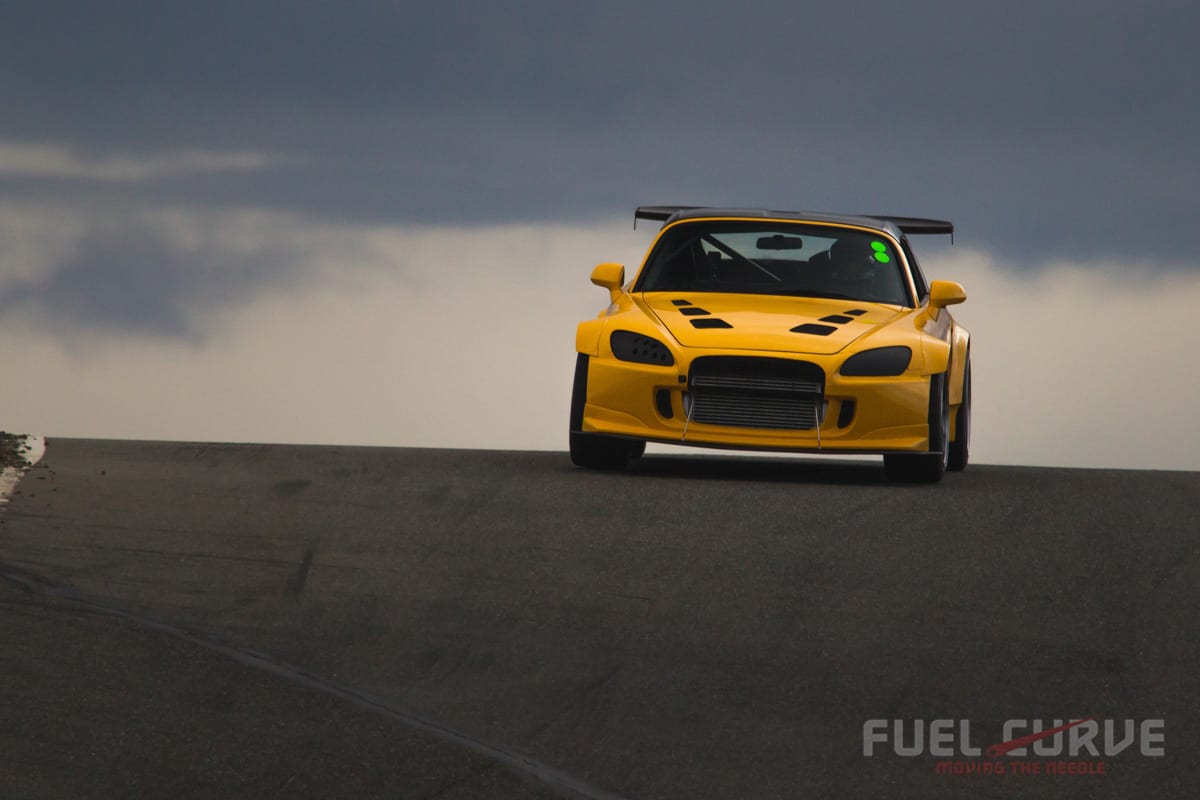 BMW E36 and Honda S2000-based builds are also very popular and are within the realm of affordability for just about everyone who has been working a few years.
BMW E36 and Honda S2000-based builds are also very popular and are within the realm of affordability for just about everyone who has been working a few years.
 There are also plenty of guys who hammer around in machines worth a couple hundred thousand dollars, so to each his own.
There are also plenty of guys who hammer around in machines worth a couple hundred thousand dollars, so to each his own.
 Taking your upgraded car to the track and improving lap times as you learn the course is habit forming. Even riding shotgun is a blast, and no matter what you drive, we hope to see you out at an event soon.
Taking your upgraded car to the track and improving lap times as you learn the course is habit forming. Even riding shotgun is a blast, and no matter what you drive, we hope to see you out at an event soon.
 For those reading this outside California and want to get in on the fun, we recommend looking at these sanctioning bodies for a terrific track day experience:
For those reading this outside California and want to get in on the fun, we recommend looking at these sanctioning bodies for a terrific track day experience:
–N2 Track Days for Motorcycles!





